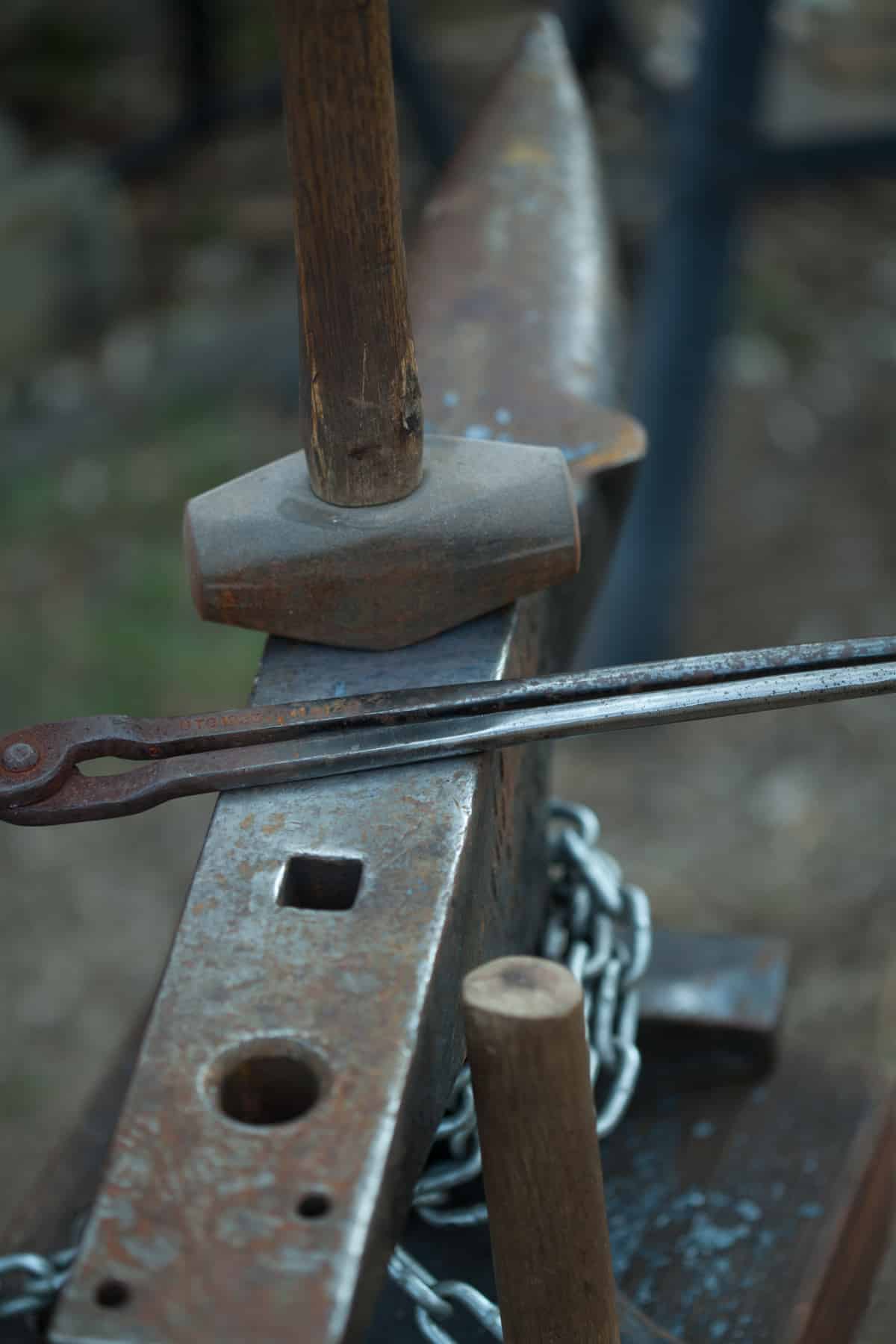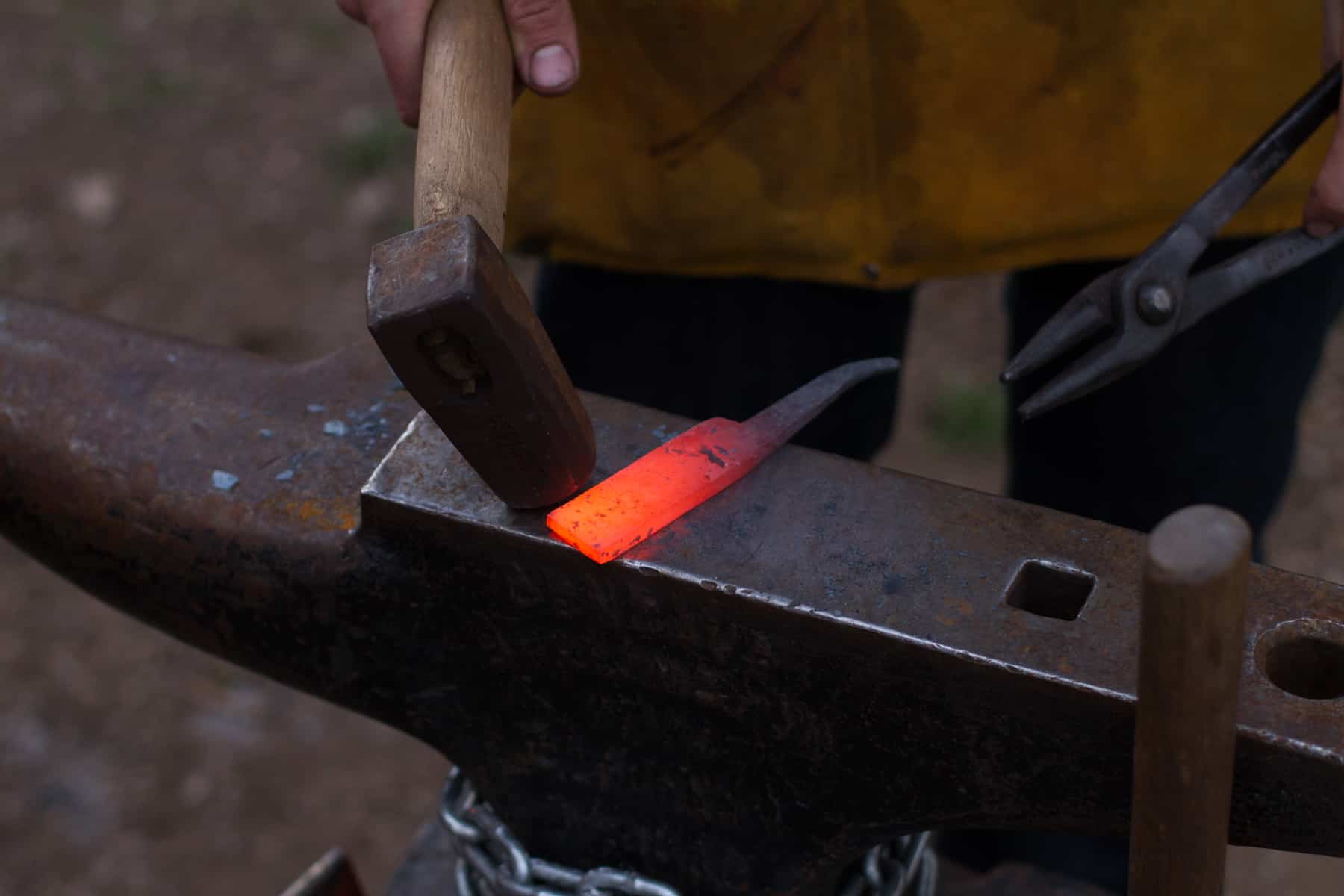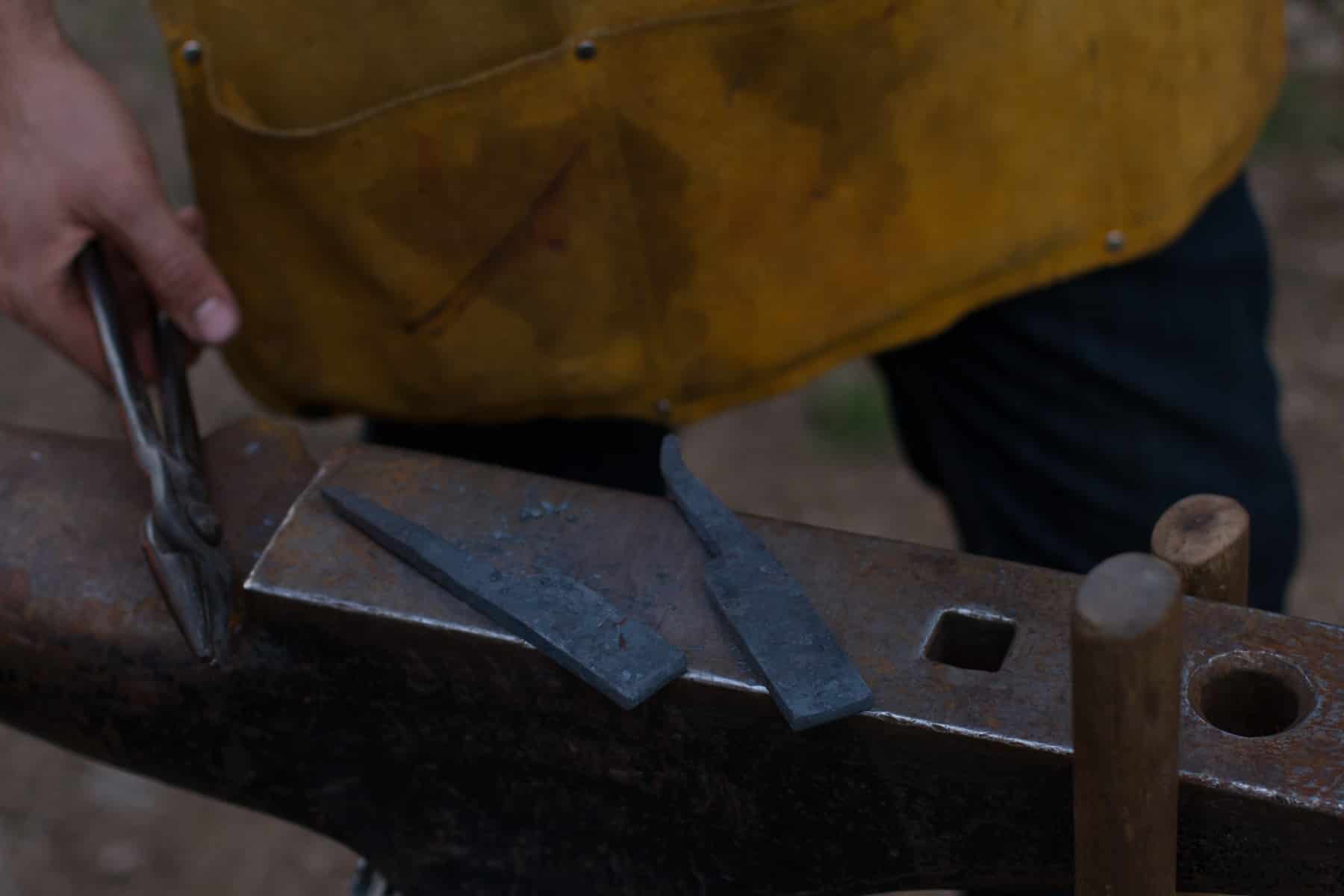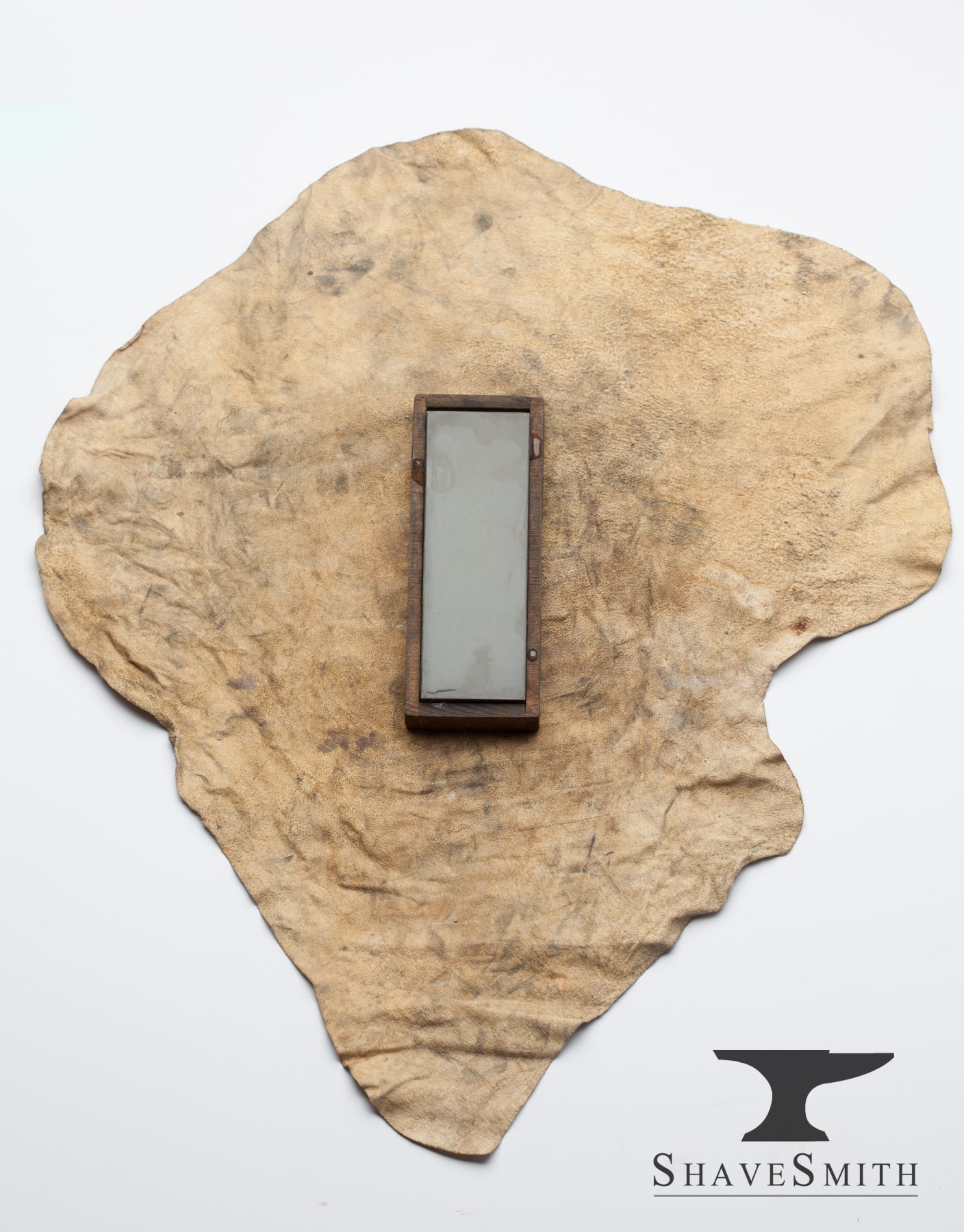Our family lived in this pre-WWII bungalow in Littleton CO.
A Hot summer evening, my sister drawing in her room, with mom and dad watching T.V.
We probably had a oven-pizza for dinner.
Standing in our tiny bathroom (the kind where you needed to step around the toilet and laundry bin to reach the mirror) I just finished brushing my teeth.
Looking in the mirror, I examined my polished braces and noticed thin blonde hairs growing from my cheeks.
As seen on T.V., I ran my hand over my face, expecting to feel some Clint Eastwood type stubble (there was none), and determined it was time to shave.
I opened the mirror cabinet, grabbed my dad’s rusted bottomed can of shave gel, his razor, inflated a small glop of shave goo on my hand and slapped it on my face. Before I understood what I was doing I shaved the upper right cheek with ease. A few swipes in, I noticed my smooth patch of skin surrounded by foam, and stopped.
It was all wrong.
Quickly I washed the razor at the faucet, cleared my face with a towel, and washed away evidence of the blue goo. Patted my face dry, and put all the tools where I found them. Bathroom back in order, I walked into the living room and walked up to my dad.
“Will you show me how to shave?”
Of course he would.
Soon, we were side by side in the bathroom, going through the steps of a proper shave. I know that he knew I started, (my mom pointed this out, with a poking humor) but my dad put her aside, and shaved alongside me.
We did the same techniques I did before, but this time it was much better. It felt as it should.
This was my first shave, and little did I know, years later it hits home what shaving is to me.
It’s all about meaning.
As I’ve gotten older, I’ve discovered there are so many ways to rush through life without sharing, care or attention, and before we know it, life is done, and we’re gone. We’ve run right into the grave in the most cost/time-efficient method possible without even an echo.
In my first shave, I didn’t want the ritual to be something I learned from the back of a can of shaving cream.
Shaving was a skill, and ultimately gift, that my father passed onto me.
Though I did my shave mostly right in the end, I would have never predicted how it would become a metaphor, nor how much shaving would influence the philosophies of the rest of my life.
-Christopher







